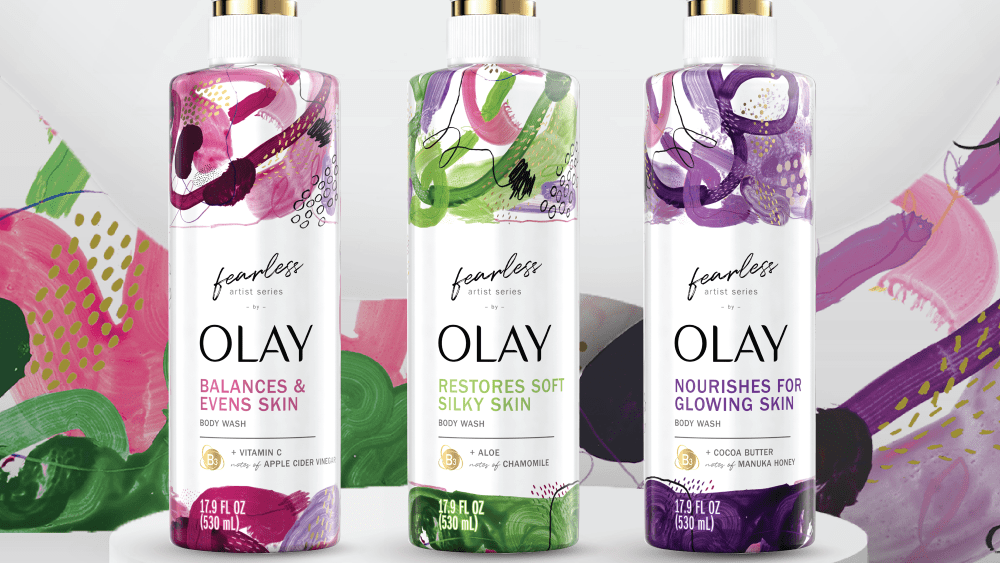Procter & Gamble (P&G), the prominent consumer goods company well-known for its household brands like Pampers, Tide, and Olay, recently issued a lower forecast for its full-year sales due largely to a combination of disappointing sales figures and elevated tariffs on imports from China. The Cincinnati-based company’s outlook for fiscal 2025 now anticipates flat sales growth, a significant reduction from its earlier prediction of a 2 to 4 percent increase. This adjustment reflects the challenging external environment it currently faces, including volatile market conditions and rising costs associated with tariffs, particularly those imposed on Chinese imports.
In discussing the company’s challenges, CFO Andre Schulten emphasized P&G’s commitment to maintaining investments in enhancing brand value, driving innovation, and ensuring consumer demand even amidst immediate market fluctuations. He stated that their strategy focuses on protecting long-term brand health despite a necessary recalibration of their sales guidance for the upcoming year. Specifically, while China represents just over 10 percent of P&G’s imports, the steep tariffs can significantly impact overall costs due to their high rates. Therefore, P&G is actively exploring various approaches to mitigate these costs while also maintaining the integrity of its brands.
The backdrop of these developments includes a series of recent trade actions taken by the U.S. government. At the beginning of the month, President Donald Trump announced significant punitive tariffs targeting around 60 nations, creating a tumultuous climate for businesses reliant on global trade. Although the administration offered a temporary reprieve of 90 days and reduced some tariff rates, new escalated tariffs on Chinese goods have caused alarm in the market. For example, tariffs on certain China-made products rose as steep as 145 percent, with China retaliating by imposing duties of 125 percent on U.S. goods. This tit-for-tat scenario has injected even further uncertainty into both domestic and international business environments.
In light of these changes, Schulten indicated that P&G will pursue every means possible to offset the financial repercussions of tariffs. This includes leveraging flexibility in sourcing and implementing productivity enhancements. Additionally, the company is contemplating price increases in affected categories and markets, highlighting the inevitable trade-off between maintaining competitive pricing and covering rising costs to preserve profit margins. This strategy illustrates a balancing act that many consumer goods companies are grappling with as the fiscal landscape evolves.
P&G’s recent sales performance reflects these wider economic challenges. For the third quarter of fiscal 2025, the company reported a 2 percent drop in net sales totaling $19.8 billion, which fell short of analysts’ expectations for $20.1 billion. Adjusting for foreign currency fluctuations and mergers or divestitures, P&G’s organic sales increased by just 1 percent. While the beauty division showed a glimmer of resilience with a 2 percent increase in organic sales, this was countered by mixed results across various segments. For instance, hair care sales remained flat as price hikes in North America and Latin America could not offset volume declines, particularly in Greater China. Similarly, the skin care segment faced low-single-digit decreases in organic sales on account of unfavorable regional sales dynamics.
Looking at geographical performance, P&G’s organic sales in North America increased slightly by 1 percent, a dip from the previous five quarters’ consistent 4 percent growth. This decline was driven by reduced consumer demand. In Europe, the situation was also challenging, especially in France where organic sales plunged significantly compared to previous gains. Conversely, while P&G reported a 2 percent decline in Greater China, CFO Schulten characterized this as a “modest step up” suggesting the company’s efforts to regain a foothold in that vital market might be starting to show some signs of progress.
In summary, Procter & Gamble is navigating a complicated landscape shaped by external pressures, particularly high tariffs and a global marketplace experiencing volatility. As the company recalibrates its growth expectations and contemplates potential price increases to manage rising costs, it remains committed to nurturing its brands and fostering innovation. While some segments show resilience, challenges persist across various markets, indicating that P&G must stay agile to adapt to consumer behavior changes and external economic conditions. The coming fiscal year will serve as a crucial period for the company as it seeks to stabilize and regain momentum amidst an uncertain economic backdrop.

